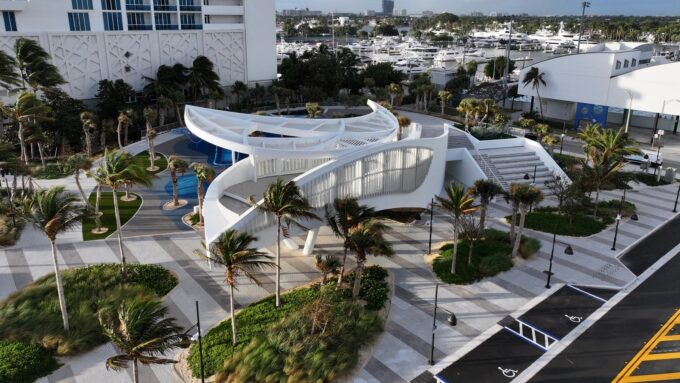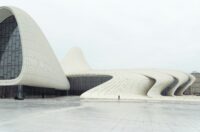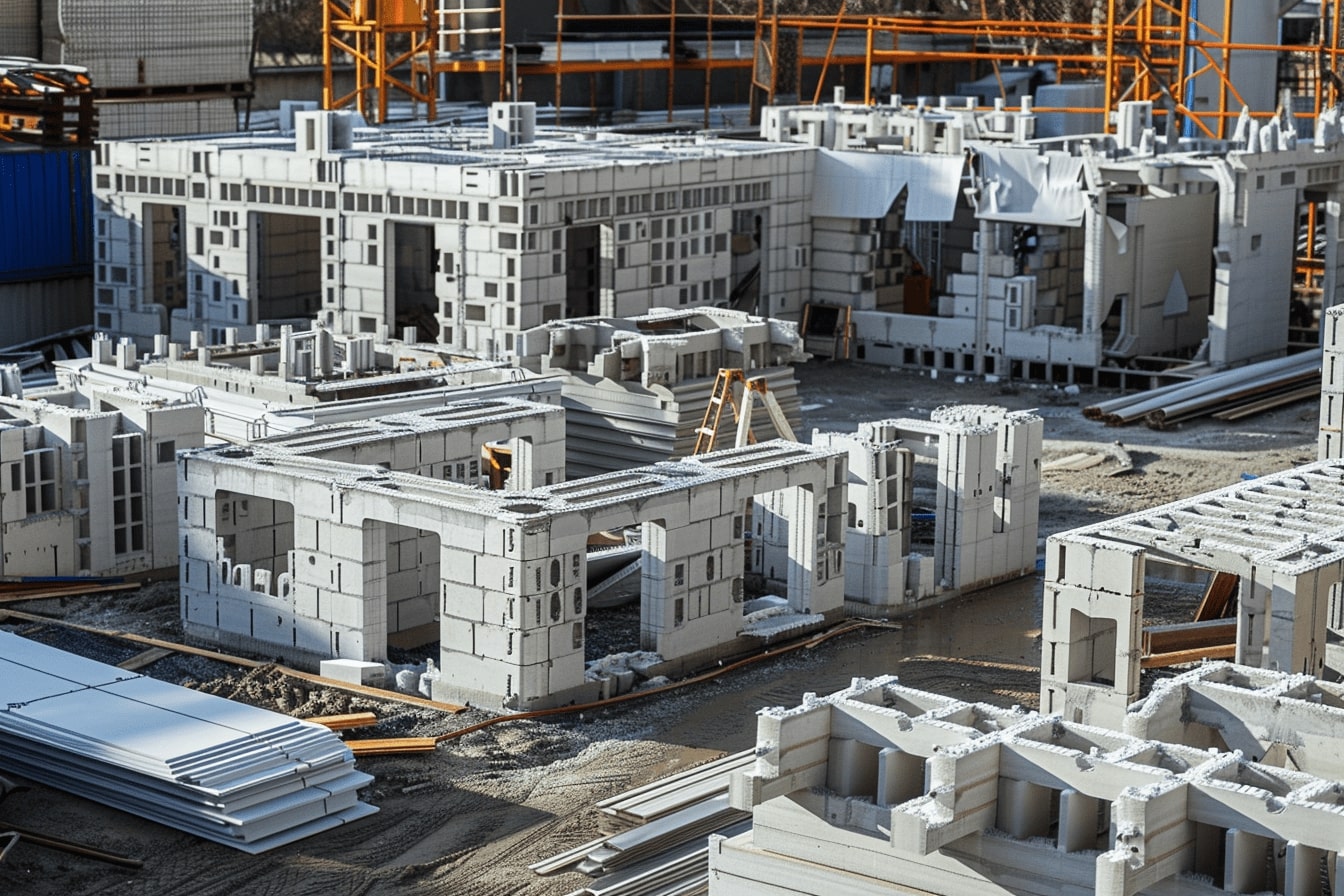- Home
- Articles
- Architectural Portfolio
- Architectral Presentation
- Inspirational Stories
- Architecture News
- Visualization
- BIM Industry
- Facade Design
- Parametric Design
- Career
- Landscape Architecture
- Construction
- Artificial Intelligence
- Sketching
- Design Softwares
- Diagrams
- Writing
- Architectural Tips
- Sustainability
- Courses
- Concept
- Technology
- History & Heritage
- Future of Architecture
- Guides & How-To
- Art & Culture
- Projects
- Interior Design
- Competitions
- Jobs
- Store
- Tools
- More
- Home
- Articles
- Architectural Portfolio
- Architectral Presentation
- Inspirational Stories
- Architecture News
- Visualization
- BIM Industry
- Facade Design
- Parametric Design
- Career
- Landscape Architecture
- Construction
- Artificial Intelligence
- Sketching
- Design Softwares
- Diagrams
- Writing
- Architectural Tips
- Sustainability
- Courses
- Concept
- Technology
- History & Heritage
- Future of Architecture
- Guides & How-To
- Art & Culture
- Projects
- Interior Design
- Competitions
- Jobs
- Store
- Tools
- More
Printing the Future: The Role of 3D Printing in Next-Gen Architectural Design

In the ever-evolving world of architectural design, innovation and technology play pivotal roles in shaping the future. Among the myriad of technological advancements, 3D printing emerges as a revolutionary force, poised to redefine the boundaries of architecture. This groundbreaking technique, also known as additive manufacturing, offers architects and designers unparalleled flexibility and creativity in bringing their visions to life. In this article, we delve into the transformative impact of 3D printing on next-generation architectural design, highlighting its benefits, applications, and potential to shape the cities of tomorrow.

Table of Contents
ToggleUnleashing Creativity and Innovation
The essence of 3D printing in architecture lies in its ability to transform complex, intricate designs from digital models into physical realities. This capability unlocks a new realm of architectural expression, where the only limit is the designer’s imagination. Traditional construction methods often impose constraints on the feasibility of certain designs due to logistical, material, or financial limitations. However, with 3D printing, architects can experiment with unconventional shapes, structures, and materials, fostering a new era of creativity and innovation.
Sustainability and Efficiency at the Core
Sustainability is a cornerstone of modern architecture, and 3D printing significantly contributes to eco-friendly construction practices. By precisely depositing materials only where needed, this technology minimizes waste, contrasting sharply with conventional construction methods that often result in significant surplus and debris. Additionally, 3D printing facilitates the use of recycled materials, further reducing the environmental footprint of construction projects. This not only aligns with global sustainability goals but also leads to cost-effective and efficient building processes, paving the way for more sustainable urban development.

Revolutionizing Construction Methods
One of the most compelling advantages of 3D printing in architecture is its potential to revolutionize construction methods. The technology enables the fabrication of building components or even entire structures on-site, reducing the need for transportation and the associated carbon emissions. Furthermore, 3D printing can produce complex components that would be difficult or impossible to create using traditional manufacturing techniques, enhancing the structural integrity and aesthetic appeal of buildings.
In emergency situations or areas affected by natural disasters, 3D printing offers a rapid response solution for constructing durable and affordable housing. This capability not only addresses immediate shelter needs but also demonstrates the technology’s role in humanitarian efforts, showcasing its versatility and adaptability.

The Future of Urban Landscapes
As we look to the future, the integration of 3D printing in architectural design promises to transform urban landscapes. The technology’s ability to produce customized, innovative, and sustainable structures will likely lead to more diverse and dynamic cityscapes, reflecting the unique character and needs of each community. Moreover, the efficiency and speed of 3D printing could accelerate the development of infrastructure, making it an invaluable tool in addressing the global housing crisis and urbanization challenges.
Overcoming Challenges and Embracing Potential
Despite its vast potential, the widespread adoption of 3D printing in architecture faces challenges. These include technical limitations, regulatory hurdles, and the need for specialized skills. However, ongoing research and development efforts are rapidly addressing these issues, with significant advancements in printer capabilities, material science, and digital design tools.
As architects and designers continue to explore and push the boundaries of 3D printing, we can expect to see more innovative and breathtaking structures around the world. The role of 3D printing in next-gen architectural design is not just about creating buildings; it’s about reimagining the possibilities of what can be built, how it’s built, and the impact it has on our environment and society.

3D printing stands at the forefront of a new architectural revolution, offering a glimpse into a future where design creativity, sustainability, and efficiency converge. As this technology continues to evolve and mature, its influence on architecture and construction will undoubtedly grow, ushering in a new era of innovative, eco-friendly, and impactful design. The journey of 3D printing in architecture is just beginning, and its role in shaping the future of our built environment is both exciting and promising.
Submit your architectural projects
Follow these steps for submission your project. Submission FormLatest Posts
The World’s Tallest 3D-Printed Building Rises in Switzerland
Tor Alva, or The White Tower, in Mulegns, Switzerland, sets a global...
Exploring 3D Printing in Architecture: How It’s Transforming Design and Construction
Discover how 3D printing is revolutionizing architecture by enhancing creativity, efficiency, and...
Step-by-Step Guide to the Digitally Fabricated Homes Architecture Process
Discover how digitally fabricated homes are transforming architecture through advanced technologies like...
The Future of 3D Printed Buildings: Innovations, Benefits, and Challenges
Imagine a world where constructing a house takes just a single day....












Leave a comment